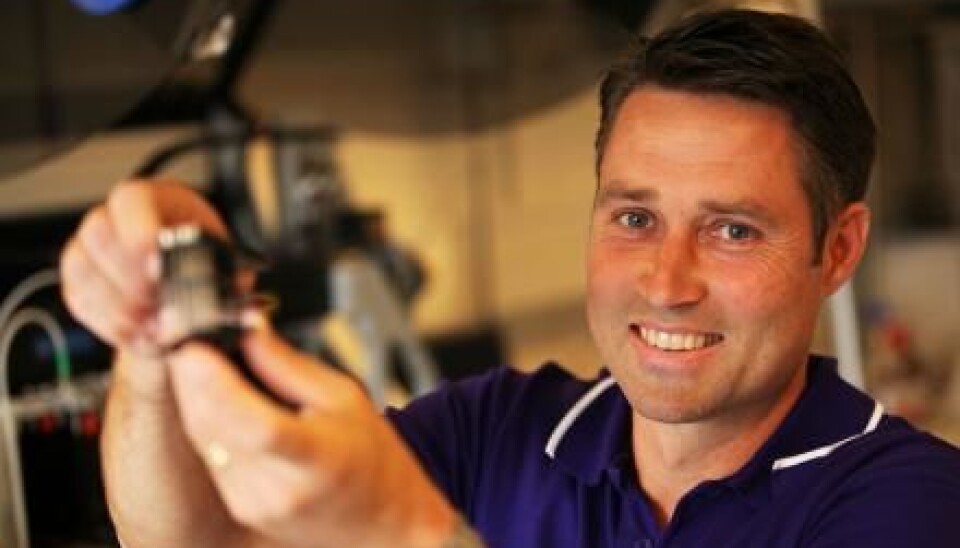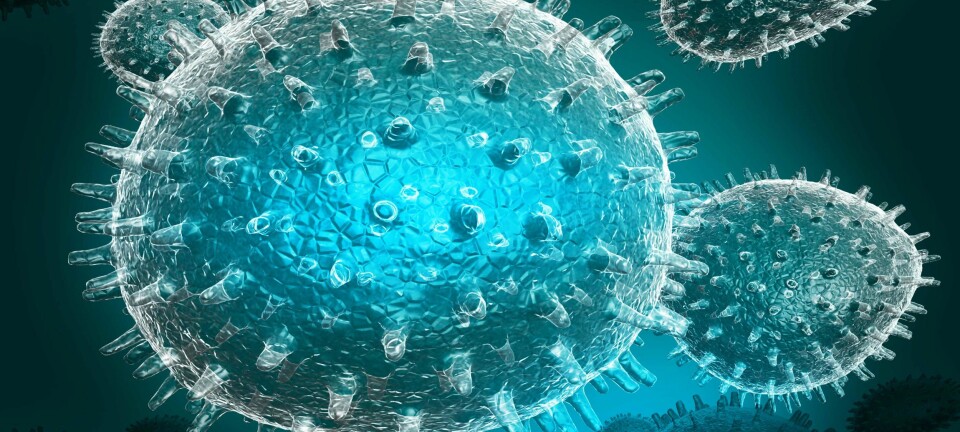
New method makes cancer tests more accurate
A Danish chemist has come up with a method that may significantly improve existing ovarian cancer tests. The method aims to detect cancer more quickly and prevent misdiagnoses.
Thousands of women are misdiagnosed with ovarian cancer every year. It is a difficult diagnosis to make, but there may be help on the way.
Professor Klas Ola Blixt of the University of Copenhagen has developed a new technique for detecting signs of cancer in the ovaries.
”We hope the method will lead to quicker diagnoses, so that the right women can receive treatment early on. We also hope that our test can help identify those women who actually do not have cancer, so they can avoid the worry,” he says.
Early treatment is crucial
Estrid Høgdall, the director of the Danish CancerBiobank, explains that detecting signs of ovarian cancer as early as possible is crucial, since early treatment may save the woman’s life:
We hope the method will lead to quicker diagnoses, so that the right women can receive treatment early on. We also hope that our test can help identify those women who actually do not have cancer, so they can avoid the worry.
”This is why I find this new research really exciting. However, further research is required before this can be used in practice,” says Høgdall, who is also the head of the Molecular Unit, Department of Pathology at Herlev Hospital. She was not involved in the development of the new cancer test.
Ovarian cancer is hard to detect
She explains that it can be difficult to detect ovarian cancer because the disease has no specific telltale symptoms:
”Patients sometimes gain weight or have stomach problems, but this is difficult to detect because the symptoms are so unspecific.”
Today, if a doctor suspects that a woman has ovarian cancer, the woman is usually offered a so-called CA125 test.
Existing test is inaccurate
A great deal of research has shown that the cells’ sugar groups change when a patient has cancer. But nobody has really tried to exploit this phenomenon to make a test. That’s what we have aimed for in our research.
CA125 is a protein that occurs naturally in the body, but if a test result shows that the woman has elevated levels of CA125 in the blood, this could indicate that she has ovarian cancer.
For this reason, the CA125 test is widely used as a laboratory test that can indicate whether the woman needs to undergo further tests for ovary cancer.
”But the problem is that the test is not very accurate. If a woman for instance is menstruating or has a common and harmless infection, this could lead to an increased level of CA125,” says Blixt.
”This means that women who do not actually have cancer undergo further tests and get really worried.”
New test targets sugar
Blixt’s method aims to make the CA125 test more accurate by adding an additional step to the process.
The method is based on the knowledge that many cancer cells are covered with a sugar layer, which is chemically distinct from the sugar groups found on the surface of healthy cells.
”A great deal of research has shown that the cells’ sugar groups change when a patient has cancer. But nobody has really tried to exploit this phenomenon to make a test. That’s what we have aimed for in our research,” says Blixt.
Plant extract detects cancer sugar
During his research, Blixt realised that he could use lectins – proteins extracted from plants – to identify the sugar groups that are particularly common in cancer cells.
The idea is that the existing tests will identify the body’s CA125 proteins, and then the additional step in the new method will check if the CA125 proteins are covered with sugar groups that are specific to cancer patients.
”This will make it easier for us to distinguish between patients who have elevated levels of CA125 without having cancer and those who actually have cancer and are in need of prompt treatment.
-----------------
Read the Danish version of this article at videnskab.dk







